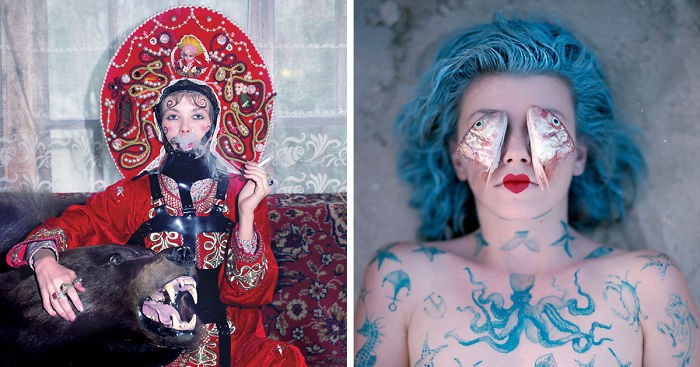
Russian Artist Creates Surreal Photos To Illustrate Traditional Fairy Tales (Part 2)
Slavic culture is immense and sometimes contradictory world of folklore, with a large number of linear and horizontal plots, characters, who are strange and paradoxical in their actions, with dual morality, which can be totally lost at some point.
Artist and photographer Uldus Bakhtiozina from St. Petersburg, Russia revamps the image of Russia’s best-loved fairy-tale characters and symbols of Russian culture through her photo project, called “RUSS LAND”. She does not simply copy illustrations with ancient Russian dress and wear the obvious kokoshnik (headdress). She refines these images, adds her own vision and value. In core of that crafting, lays analysis of Russian folklore in a different ironic way, but with all the respect to origins.
The main rule is to create a picture close to its nature without using any graphic editors or retouch tools. To highlight greater past, all photographs made with medium format camera and Kodak film. That’s why they are so realistic, even illustrating supernatural, they make us believe that all these creatures are existing nearby… maybe they really are…
More info: uldus.com
Dragon Nature
“Dragon Spirit” is evoked by the 3-headed dragon Zmey Gorynich — the most dastardly of all Russian villains. Here we don’t see three scary dragon heads — that would be too obvious, we get just hands with three cigarettes, a subtle hint. “Dragon Spirit” is illustrating lots of symbolism and historical touch as well, since we used to think (and in Russian fairy tales as well) that the Dragon with three heads (Zmey Gorynich) is the male, though we see the woman, the reason to that artist’s switch upside down lays into the roots of pagans families in Slavic culture, there the “Head” of a family always used to be a woman, she was even controlling the whole tribe or the settlement, showing head of the clan. So basically original power and authority were belonging to the female.
Rusalka
“Rusalka”/ Mermaid in beliefs of Slavic pagans was “Spurious deceased” (impure deceased, ghouls), – drowned, who died an unnatural death the soul of a man, usually a young woman. Someone’s soul which is held by the evil powers. There are a lot of names for Mermaid in Slavic languages, but they all represent same character, in Russian Rusalka ( Some researchers believe that the terms probably comes from the word “Ruslo” (track/waterhouse) , “Rysyi” (rye hair color) or the names of rivers Ruz, Ros, Rasa), In the Ukrainian language name Mavka, preserved in Belarus – Aqueous, Kupalka as a synonym for “Ruslo” (track/waterhouse). Drawings on model’s body is telling the story of ghosts, quoting Pushkin in some wording about the place which is hidden in the forest, there are miracles and Mermaid (Rusalka) is waiting for new guests/ghosts…
Masha And The Bear
“Masha and the Bear” is a fairy tale about a little girl who loses her way in the forest and stumbles across an izba (log house), home to a family of bears. Only her quick-wittedness saves her from death. Here is an interpretation of this appearance, which reaches the maximum of Masha’s victory, capturing together all stereotypes we have about Russians, which looks ironically stylish, announcing: “Everything is Good in Russia!”.
Mysterious Russian Soul
“Mysterious Russian Soul”, this work represents all secrets we could’ve thought about Russians, oil baths, loads of meat, gold, stones. Eyes are widely open illustrating the openness of Russians, but symbolism illustrates the complexity of the whole nation, mixed with ethnical groups, religions, nationalities, not fully understood by them themselves. Magnificently attractive work, making you look into details, but with fully switched on imagination.
Matreshka
Matreshka the most famous Russian Doll, which gets alive in some russian fairy tales or represents the best gift to children (nowadays to foreign friends). Here Matreshka is in new humanized shape with contemporary touch, with focuse on non standard beauty.
Moon Walk
Each Tsarevna in Slavic folklore is the representation of the femininity and the beauty, protected and symbolized with the Moon, as the planet which influences women behavior the most.
The Beauty
“The most of beauty” (Prekrasnaya). Combination of provocative interpretation of the concept about a beauty with orthodox and stereotyped one. The beauty of inner, excludes to give an invitation to its world to those who are closed in narrow perception of standards and sees bad there it doesn’t exist. This image of a girl which has non-standard appearance of beauty having in her ears candies (the most “Russians”ones, named “Alenushka” (one the most common names in fairy tales and folklore songs) with an image of a girl illustrating typical “beauty”and the way young girl should look like, otherwise no marriage is possible for her in the eyes of her surrounding. This is a challenge to stereotypes on beauty.
The Firebird
“The Firebird (Zhar-ptitsa)” is a Russian version of the legend of the Phoenix. The Firebird is a large bird of extraordinary beauty, enveloped in fire. She is the one to wish for to have and the one who gives a lot of troubles, but without her the story would not have started… Despite this magnificent appearance, it’s easy to capture the Firebird for illicitly eating the gold apples in the Tsar’s garden.
All Her Dowry
“All her dowry” illustrates young girl which is getting ready for marriage (normally in slavic culture around her early teens), preparing her dowry, without which she wouldn’t been taken from parents house, that would normally be tableware. The most valuable would probably be the Gzhel.
Milky Rivers And Kisel Shores
“Milky Rivers and Kisel Shores” the magic place often described in Slavic fairy tales, which is hidden in the land of beauty, there rivers are made of milk, most beautiful tsarevnas are hidden in there, they might be sleeping or maybe they are performing the dream to catch nonlegal traveler at their land and turn him into the moth, which will remain to fly to reach the light and beauty, but will become the prisoner of that.
Ryaba The Hen
“Ryaba the Hen” is the first fairy tale that Russian parents usually tell their toddlers. It’s a tragic story about an old couple and their hen that lays a golden egg, which doesn’t bring them happiness. We see table full with shells from golden eggs and sad Ryaba in her humanized shape.
Milky Rivers
The Golden Karaoke
“The Golden Karaoke” inspired with the Tale of the Fisherman and the Gold Fish based on a folk legend. A simple fisherman catches a magic golden fish that can speak and grants him with wishes, which he denies until his wife finds out about the fish, and asks more and more treasures and power to have, making Gold Fish very angry by her unlimited selfishness, and the fish turned all back to the poorest level the old couple were, which makes old fisherman happy in a way, since he never asked for himself. There are can be too many wishes for others…
Gold Of Fish
Petrushka
PETRUSHKA is the doll, the main comic character in Russian puppetry. Not many of us knows that doll, which reminds mix of Harlequin and Jester. Russian one is the evil doll with only 4 fingers on each hand (possible symbol that “Petrushka” – is not a man, but a character from another world). Many people mistakenly believe that the wide open mouth of Petrushka is a smile, but it is not; as a negative character, Parsley constantly stretches the lips into a grin. There are some line which he is not able to cross, because he doesn’t belong to himself, his portrait as an allegory to modern society with false smiles and actions, which come not from the heart and rise negative emotions in our inner.
Triglava
TRIGLAVA (Three head goddess). This three-headed Slavic goddess of Earth, and three of these heads represent the three elements that make up the earth: the soil, water and air. And they designated the mountains, valleys and forests.
28Kviews
Share on Facebook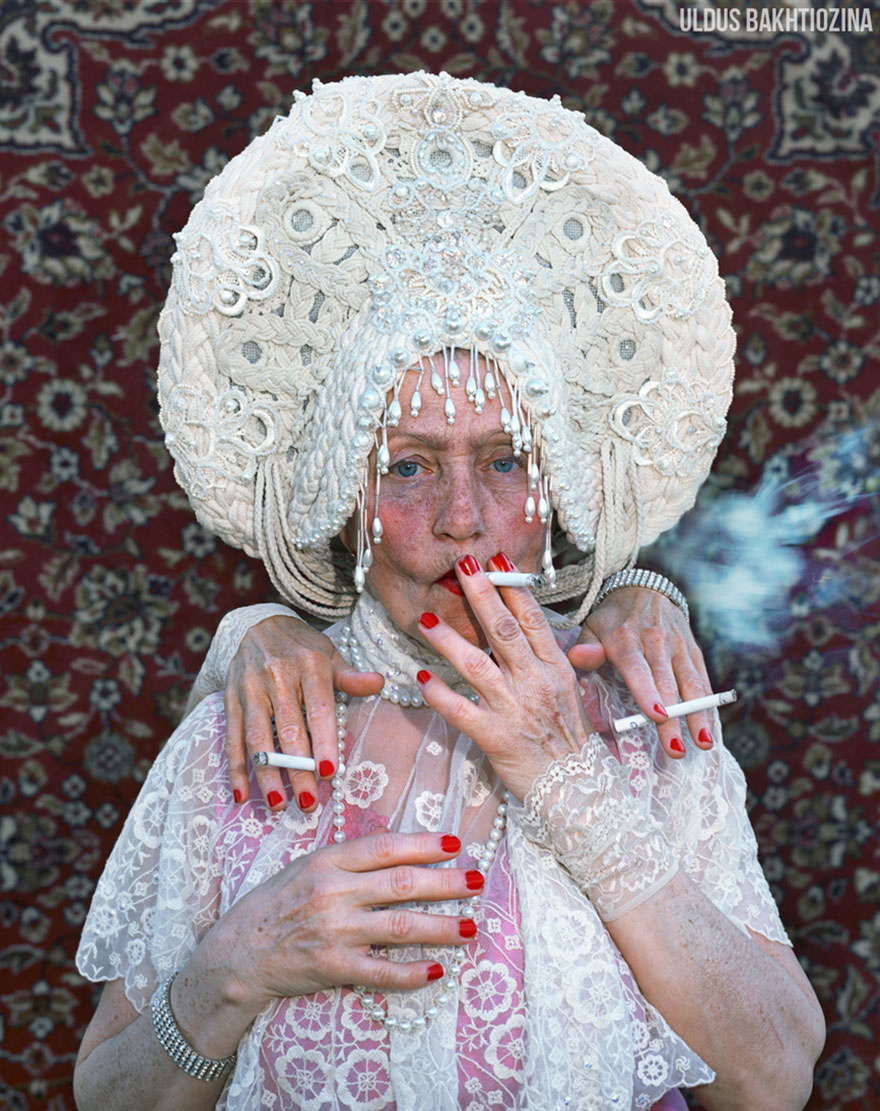
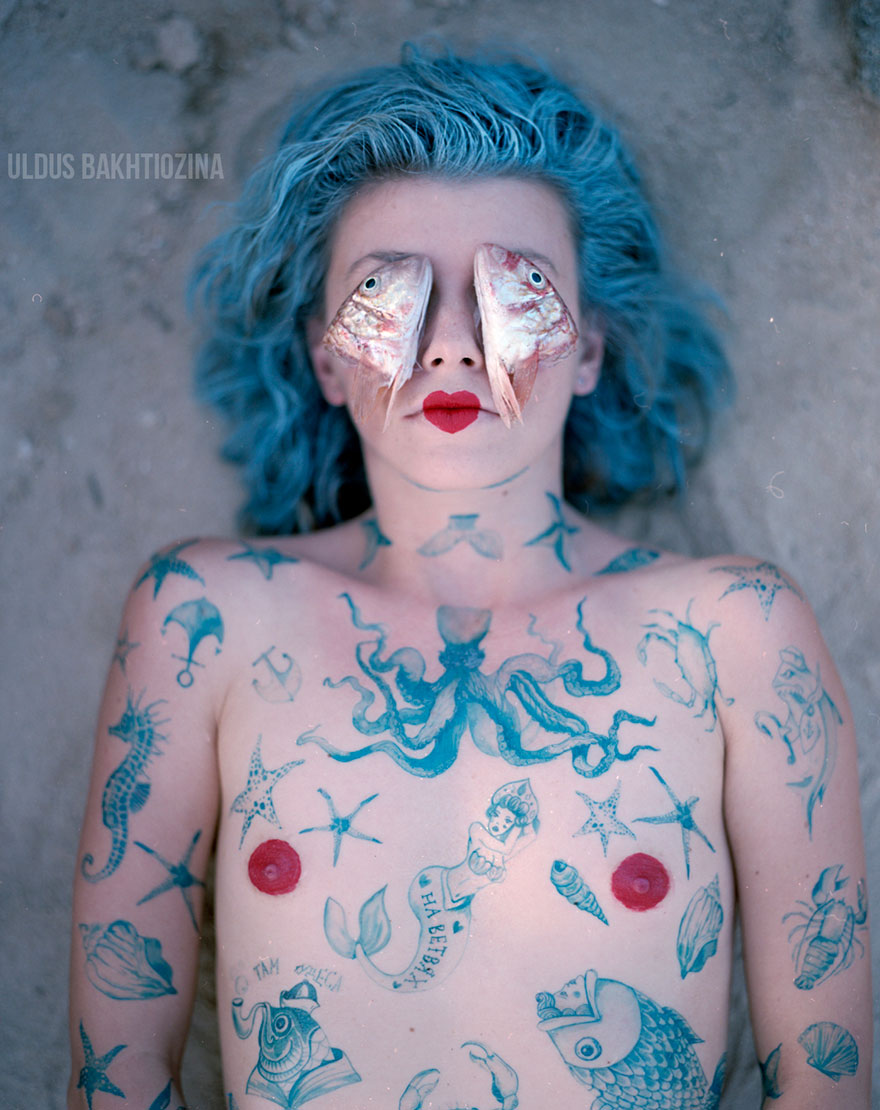
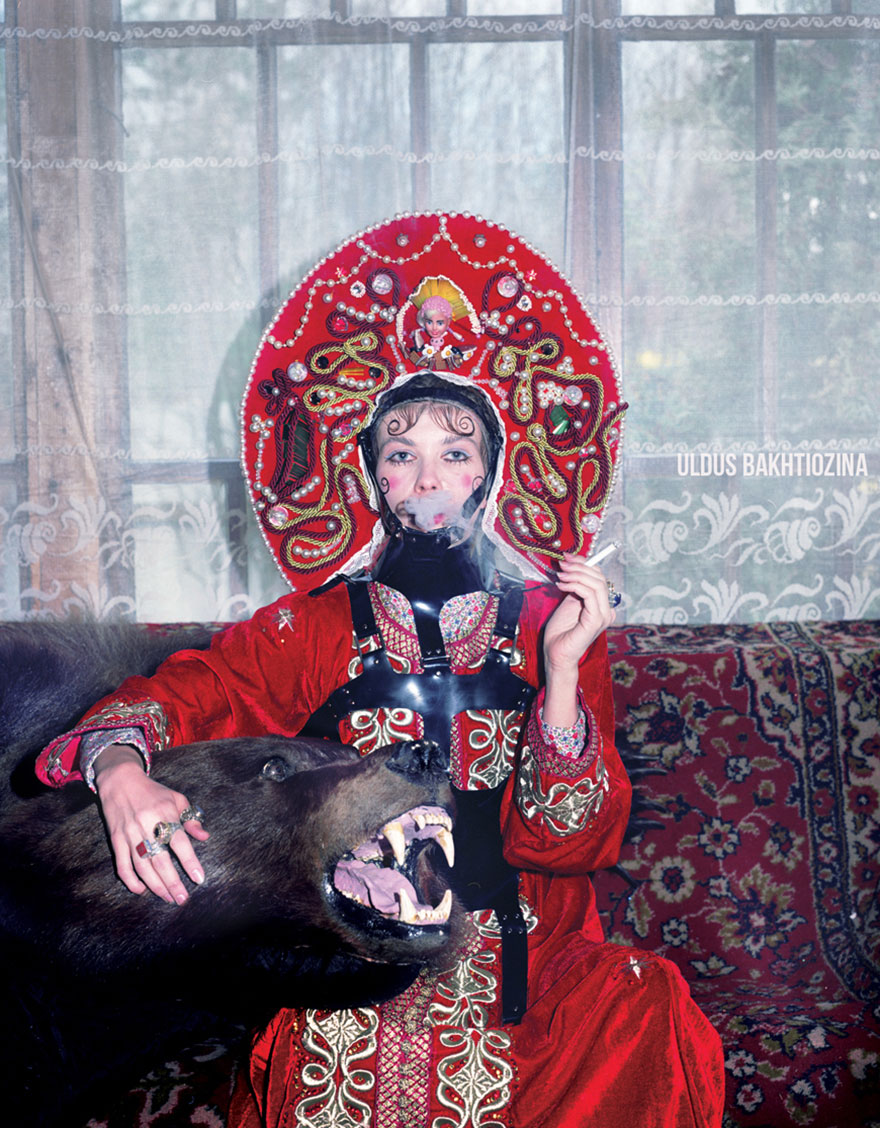
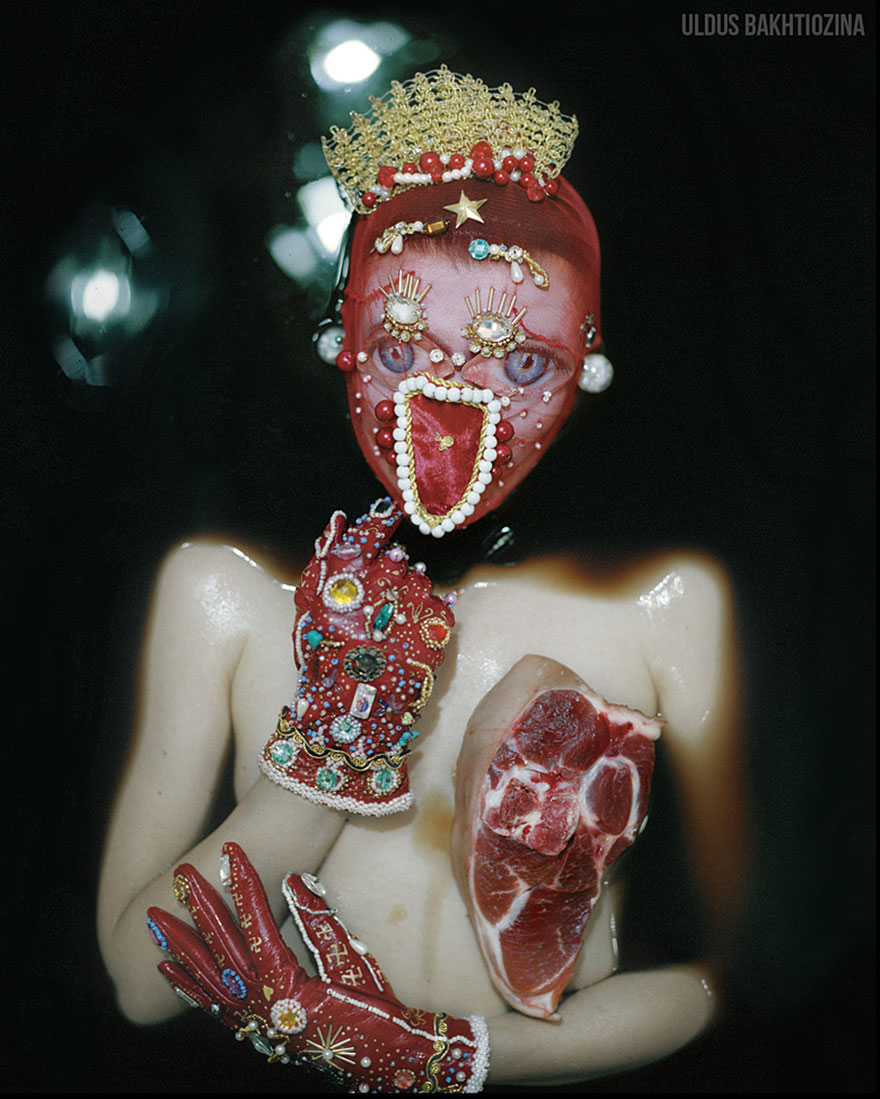
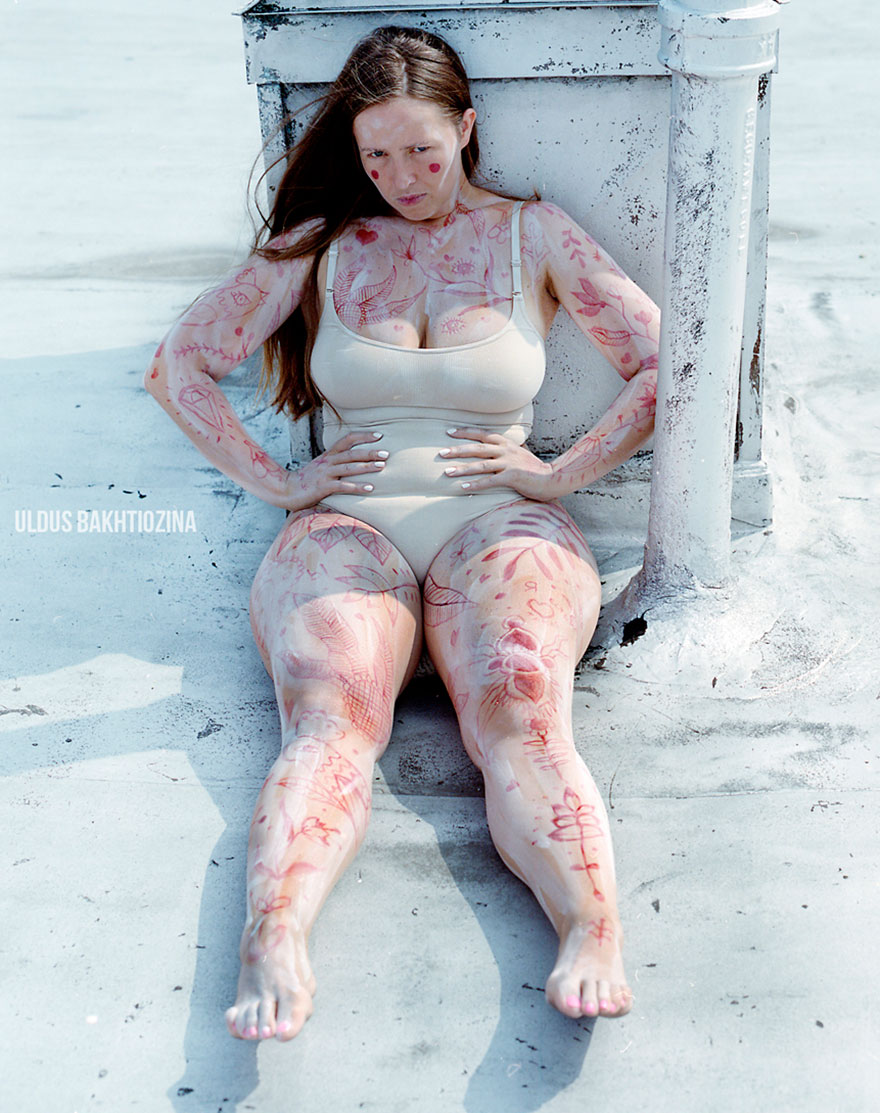
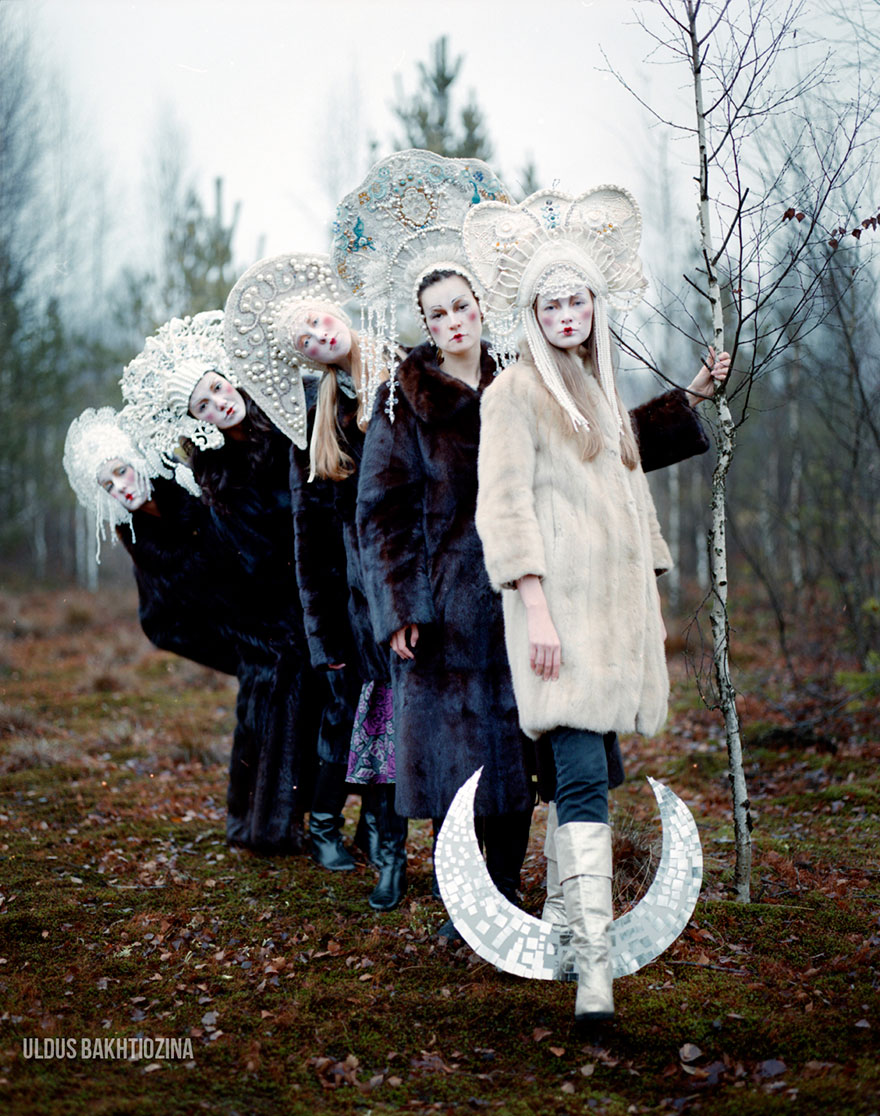
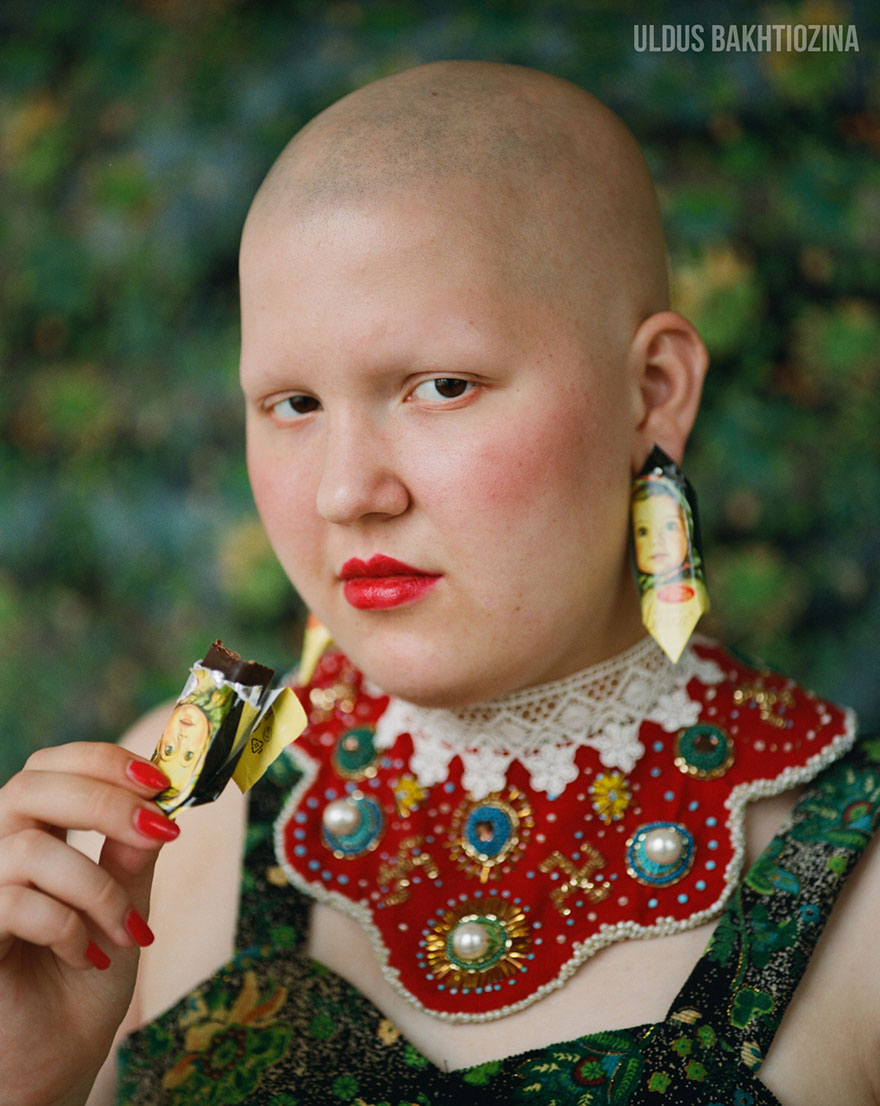
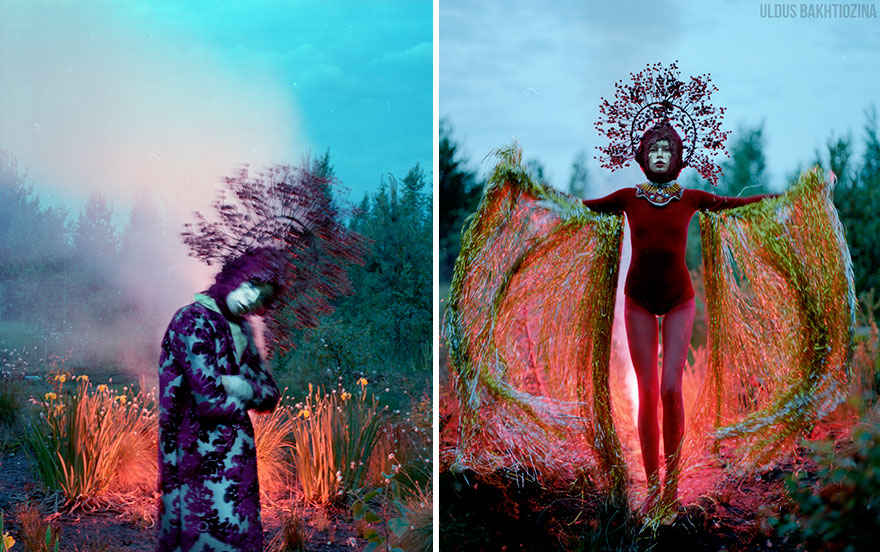
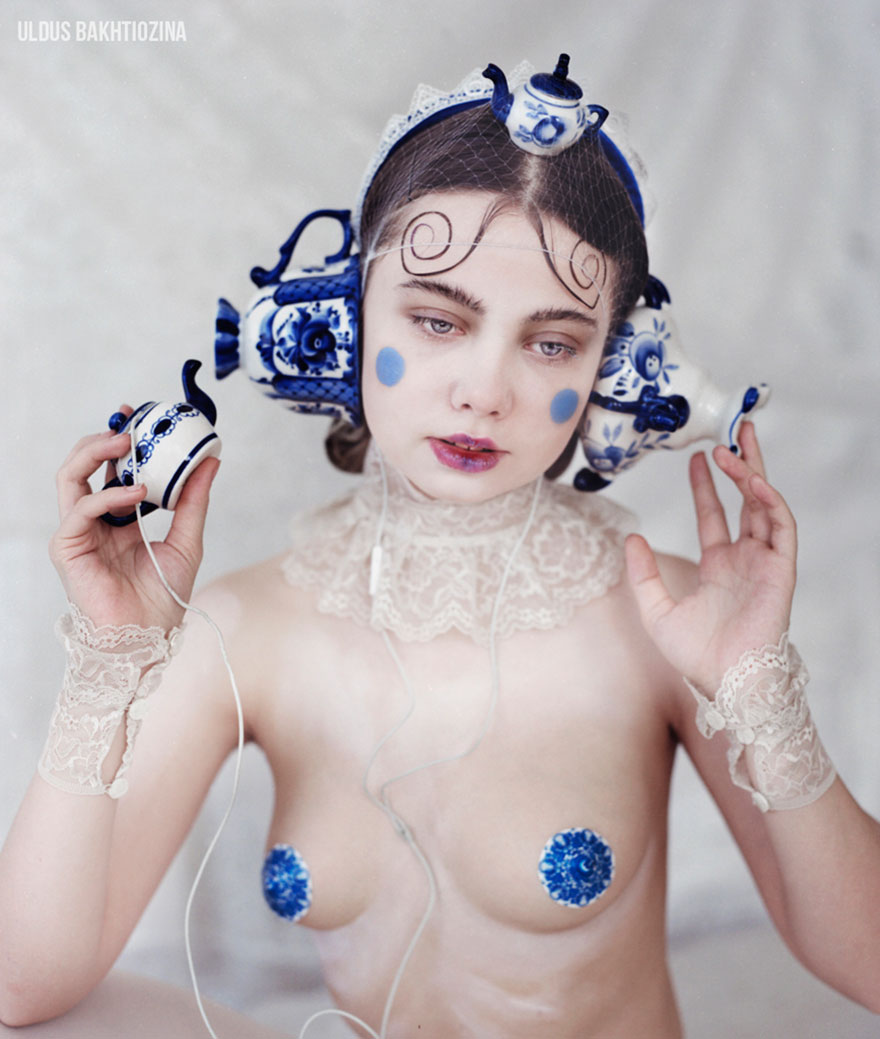
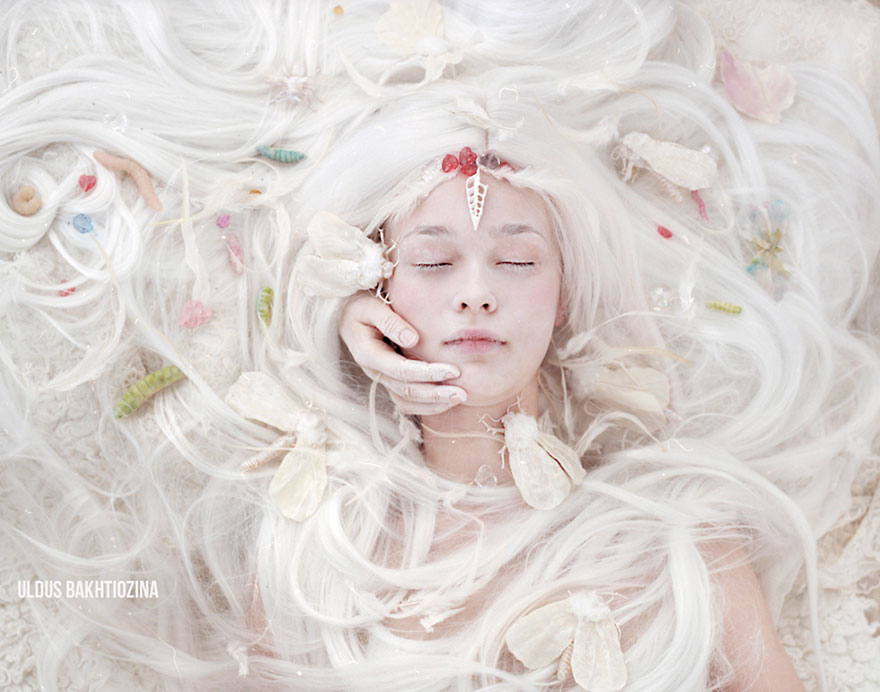
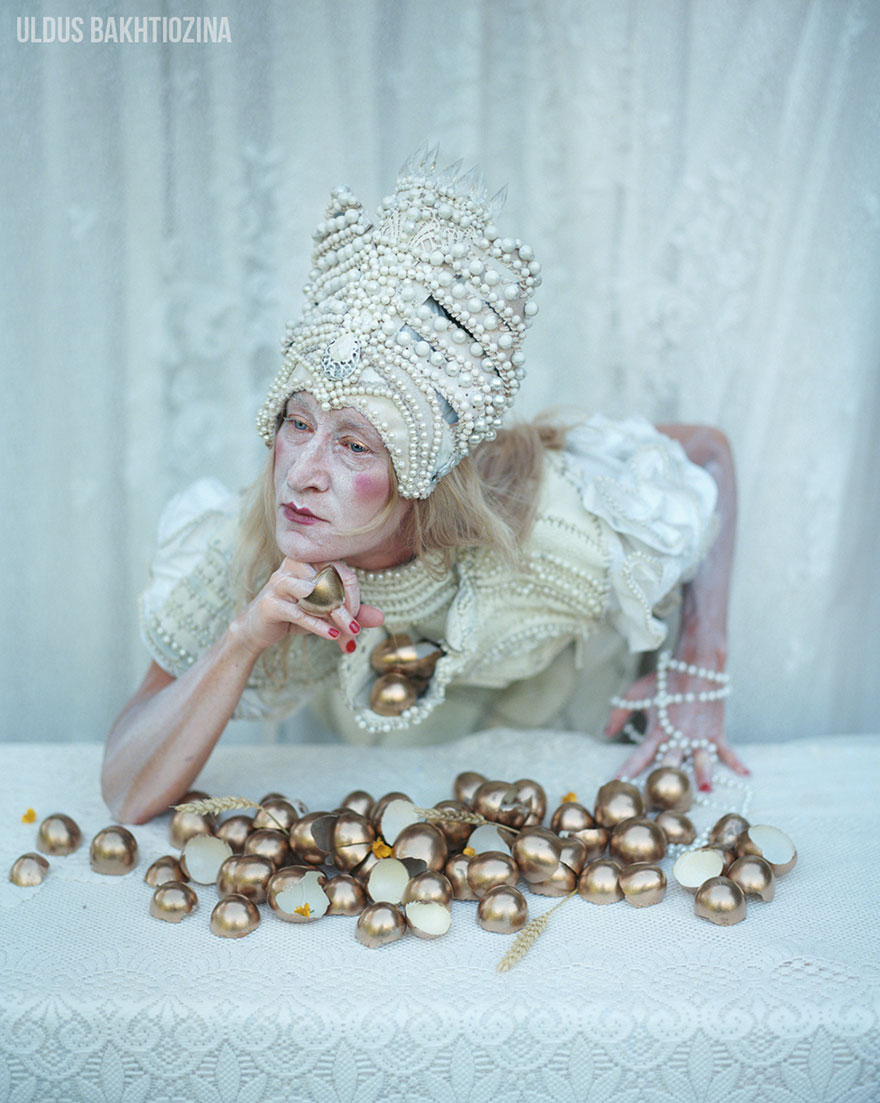
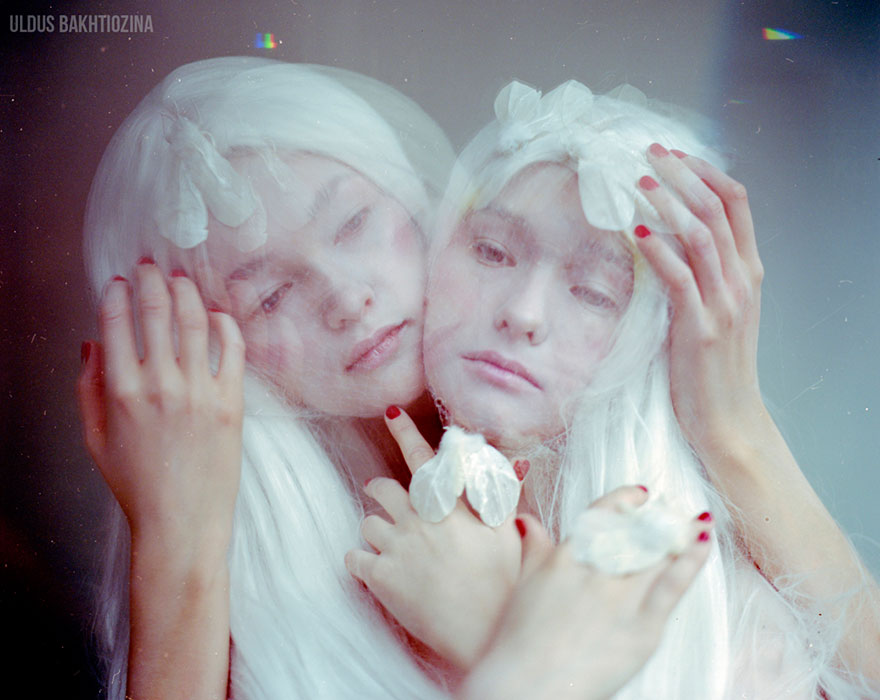
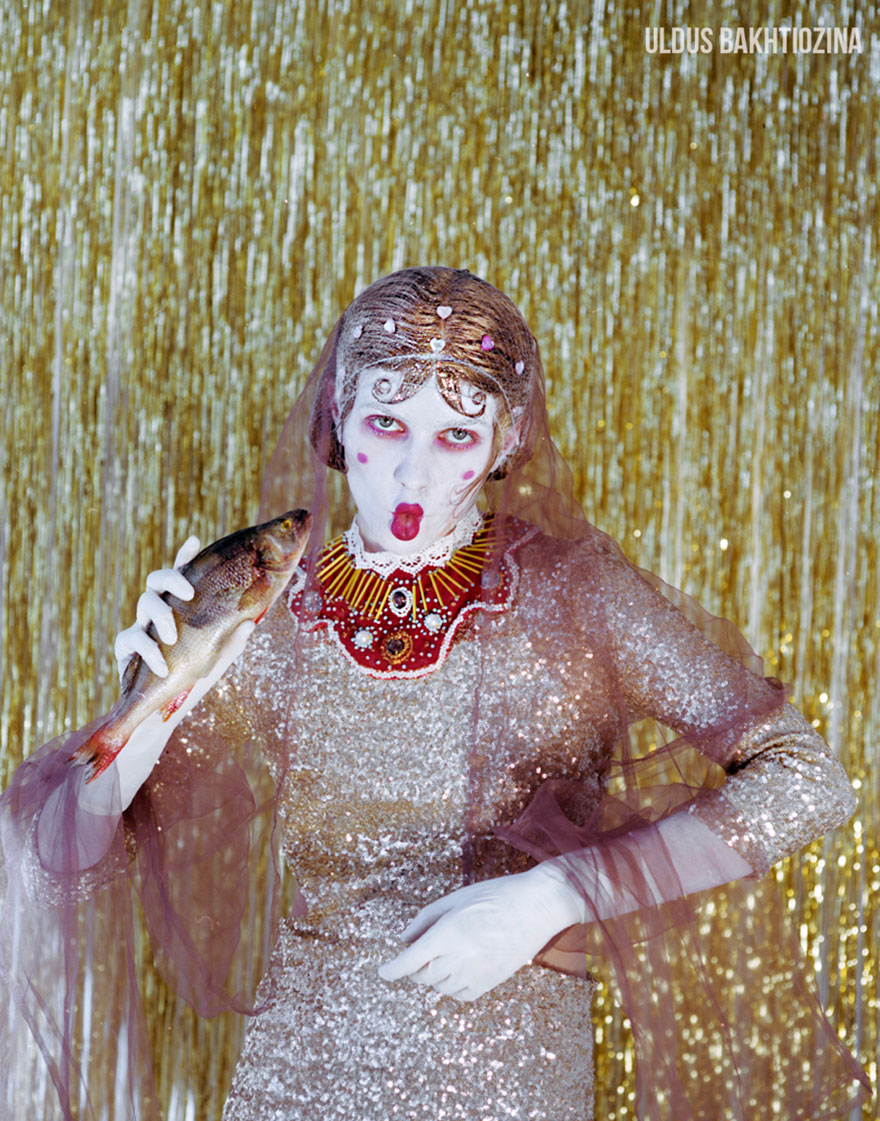
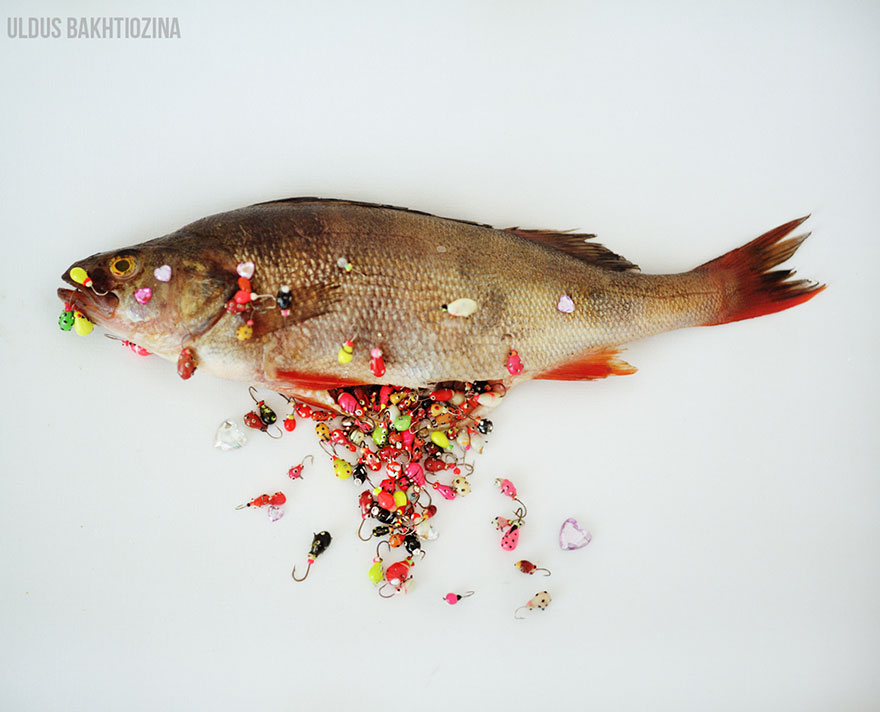
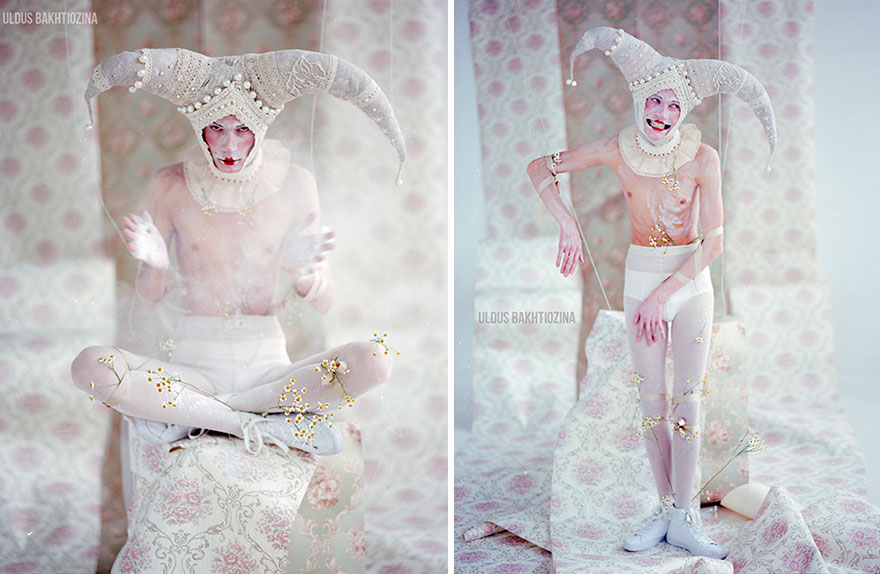
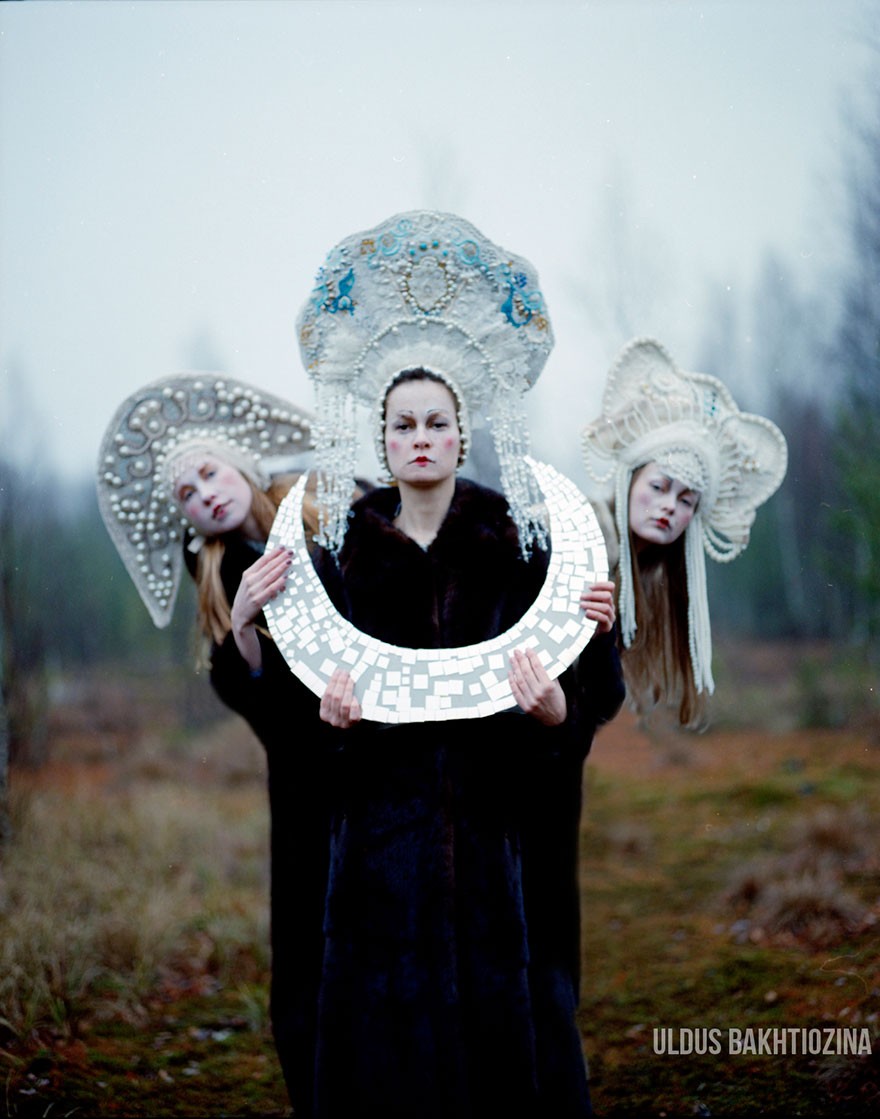
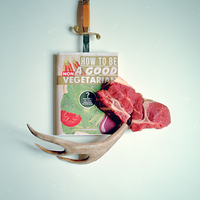


162
13